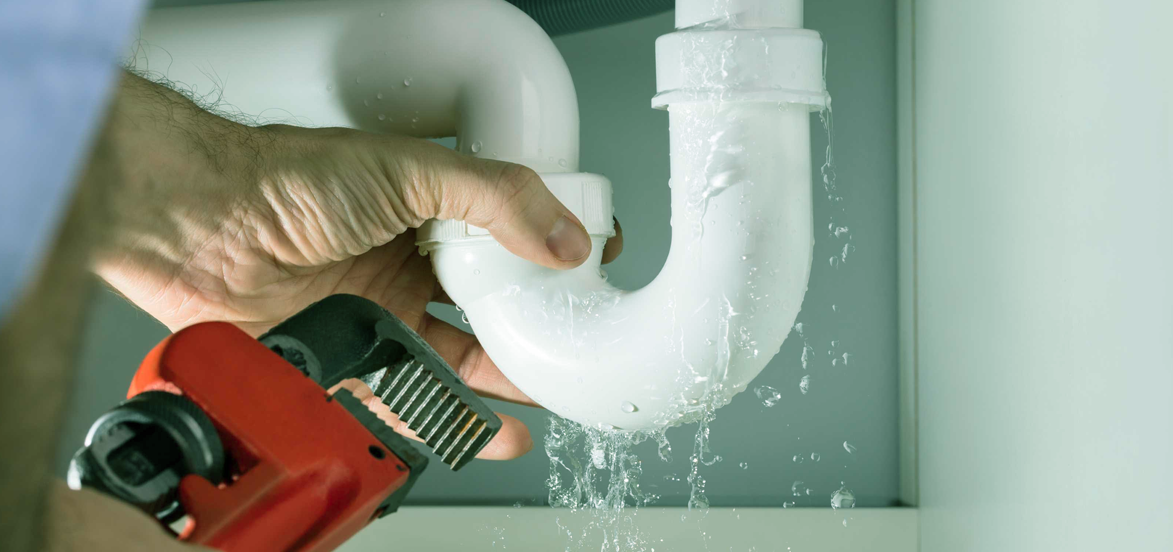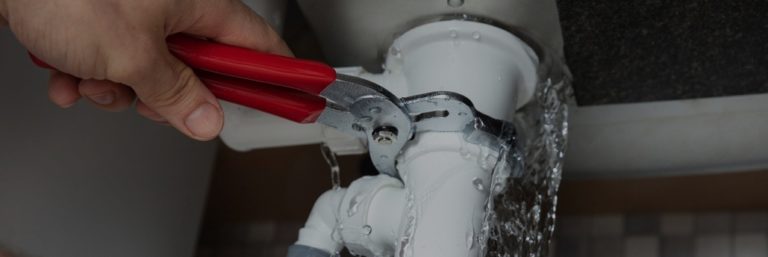Guide To Water Leakage Discovery At Home
Guide To Water Leakage Discovery At Home
Blog Article
We have stumbled upon this post relating to Detecting hidden plumbing leaks directly below on the internet and believe it made perfect sense to write about it with you on this site.

Early detection of dripping water lines can minimize a possible calamity. Apart from saving you cash, it will certainly minimize the worry and stress. The minute you find a leakage, calling your plumber for repair work is the best service. Some tiny water leakages might not be visible. If you can not identify it with your naked eyes, here are some hacks that aid.
1. Take A Look At the Water Meter
Every house has a water meter. Checking it is a surefire manner in which assists you find leaks. For beginners, shut off all the water resources. Make sure no one will purge, make use of the tap, shower, run the cleaning machine or dish washer. From there, most likely to the meter and watch if it will transform. Considering that nobody is utilizing it, there ought to be no activities. If it moves, that shows a fast-moving leakage. Also, if you spot no changes, wait an hour or 2 and check back again. This means you may have a slow-moving leak that can even be underground.
2. Examine Water Usage
If you spot unexpected modifications, regardless of your intake being the exact same, it indicates that you have leakages in your plumbing system. An abrupt spike in your expense suggests a fast-moving leakage.
A steady boost every month, even with the same practices, reveals you have a slow-moving leak that's also gradually escalating. Call a plumber to thoroughly examine your property, particularly if you feel a cozy area on your flooring with piping underneath.
3. Do a Food Coloring Examination
30% comes from toilets when it comes to water usage. Test to see if they are running effectively. Decline flecks of food color in the tank and wait 10 minutes. There's a leak in between the storage tank and bowl if the color somehow infiltrates your dish during that time without flushing.
4. Asses Exterior Lines
Don't forget to examine your outside water lines as well. Examination faucets by connecting a garden tube. Should water permeate out of the connection, you have a loosened rubber gasket. Change this and make certain all links are tight. It will certainly aid obtain it expertly checked out as well as kept every year if you have actually got a lawn sprinkler system. One little leak can squander lots of water and also increase your water expense.
5. Examine the situation as well as examine
Homeowners ought to make it a practice to examine under the sink counters as well as even inside cupboards for any kind of bad odor or mold and mildew development. These two red flags suggest a leak so punctual attention is required. Doing routine evaluations, even bi-annually, can conserve you from a significant issue.
Extra importantly, if you understand your home is currently old, keep a watchful eye on your heating systems, pipes, pipelines etc. Check for discolorations and deteriorating as the majority of pipes as well as devices have a life span. They will additionally normally wear away as a result of wear and tear. Don't wait for it to intensify if you presume dripping water lines in your plumbing system. Call an expert plumber as soon as possible so you do not wind up with a dreadful mess in your house.
Early detection of leaking water lines can alleviate a possible disaster. Some little water leaks may not be noticeable. Examining it is a proven method that assists you find leakages. One little leak can squander loads of water and also spike your water bill.
If you presume leaking water lines in your plumbing system, don't wait for it to intensify.
WARNING SIGNS OF WATER LEAKAGE BEHIND THE WALL
PERSISTENT MUSTY ODORS
As water slowly drips from a leaky pipe inside the wall, flooring and sheetrock stay damp and develop an odor similar to wet cardboard. It generates a musty smell that can help you find hidden leaks.
MOLD IN UNUSUAL AREAS
Mold usually grows in wet areas like kitchens, baths and laundry rooms. If you spot the stuff on walls or baseboards in other rooms of the house, it’s a good indicator of undetected water leaks.
STAINS THAT GROW
When mold thrives around a leaky pipe, it sometimes takes hold on the inside surface of the affected wall. A growing stain on otherwise clean sheetrock is often your sign of a hidden plumbing problem.
PEELING OR BUBBLING WALLPAPER / PAINT
This clue is easy to miss in rooms that don’t get much use. When you see wallpaper separating along seams or paint bubbling or flaking off the wall, blame sheetrock that stays wet because of an undetected leak.
BUCKLED CEILINGS AND STAINED FLOORS
If ceilings or floors in bathrooms, kitchens or laundry areas develop structural problems, don’t rule out constant damp inside the walls. Wet sheetrock can affect adjacent framing, flooring and ceilings.
https://www.servicemasterbyzaba.com/blog/how-to-detect-water-leakage-in-walls/

As a passionate person who reads about Leaking water lines, I imagined sharing that piece of writing was really useful. Sharing is good. Helping people is fun. I truly appreciate reading our article about Locating water leaks.
Report this page